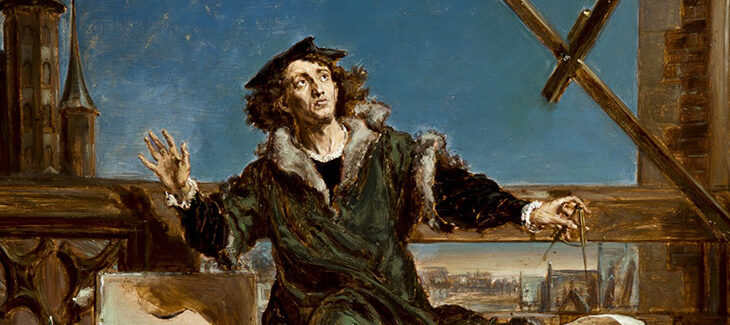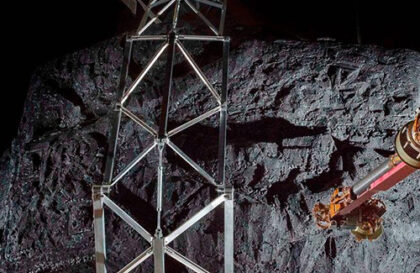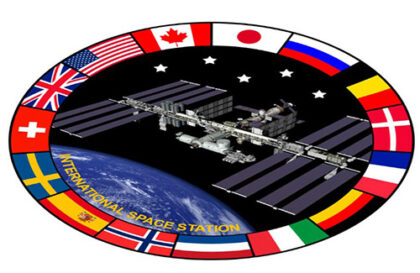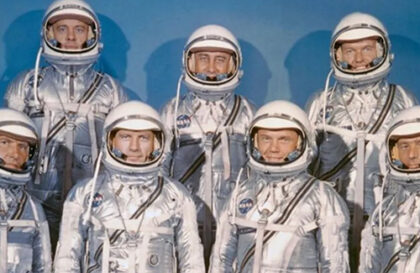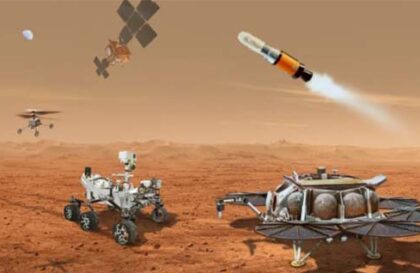Nicolaus Copernicus, born February 19, 1473, in Toruń, Poland (then part of Prussia), was a scientist, churchman, and civil servant. His father, Nicholas Copernicus the Elder, was a successful merchant, but after his death ca. Born in 1483 e. His maternal uncle, Lucas Watzelrode, adopted Copernicus.
He studied at the University of Krakow College in 1491. He left it in 1495 and studied law at the University of Bologna in 1496, but had developed an interest in astronomy by then. His real name was Nicolaus Copernicus, but his Latin name better knows him. He received his doctorate in canon law from the University of Ferrara in 1503. He lectured in mathematics in Rome in 1500 and went to the University of Padua to continue his medical studies.
Copernicus died on May 24, 1543, but he became known throughout Europe after his death.
What are the main facts and discoveries associated with Nicolaus Copernicus?
He was the first to propose that the Earth and the planets revolve around the Sun, and he developed a universe model with the Sun at its center. His main work on the heliocentric theory was “On the Rotation of the Celestial Spheres,” which was published in the year of his death. In 1510, he wrote a brief overview of his new heavenly system known as the Commentariolus.
He discovered that the Earth rotates around its axis every day. Copernicus also argued that it takes the Earth one year to revolve around the Sun and gradually wobble on its axis, which explains the precession of the equinoxes.
In the Commentary, Nicolaus Copernicus proposed a hypothesis that revised the concept of space and planets. He argued that if we assume that the Sun is the center of the Solar System and is at rest and the Earth is in motion, then the planets move in an orderly manner. This hypothesis solved the question of ordering the planets relative to the Sun: Mercury, Venus, Earth, Mars, Jupiter, and Saturn.
Copernicus abandoned many of Aristotle’s ideas to accept this hypothesis, including why bodies fall to the moving Earth. He also had to explain how the Earth, a vast and complex planet, could be part of a perfect cosmos and not just a chaos of meteorology, disease, and war. In addition, he was dealing with observations inherited from ancient astronomers that needed to be verified in his time.
In addition, he believed that the stars were very far away, thus explaining the absence of stellar parallax. However, he failed to understand the reality of elliptical orbits, which led him to include multiple epicycles in his system. Copernicus’ discoveries cast doubt on the traditional view that the Earth is the center of the universe, which the Catholic Church had universally accepted since antiquity. His heliocentric model fits perfectly into the sequence given by the periods of the other planets, and his model eliminated the need to think of the retrograde motion of the planets as a physical reality. Copernicus could also use observations of lunar eclipses and the movement of planets and constellations to find an explanation for what he saw.
A treatise by Nicolaus Copernicus entitled De Revolutionibus Orbium Coelestium, printed in 1543, found its new owner at auction in 2003.
This precious tome, which at the beginning of the bidding was estimated at between 1 and 1.2 million dollars, became the subject of enviable interest. Its owner was a well-known collector and amateur astronomer, Richard Greene, who was willing to invest heavily in preserving this document that changed the history of astronomy.
During the bidding, the value of the lot increased constantly, and the final price was – 2.2 million dollars. The name of the new owner of the tract still needs to be discovered.
Banner image: Jan Matejko: Nicolaus Copernicus. National Museum in Kraków
Image credit:
https://commons.wikimedia.org
